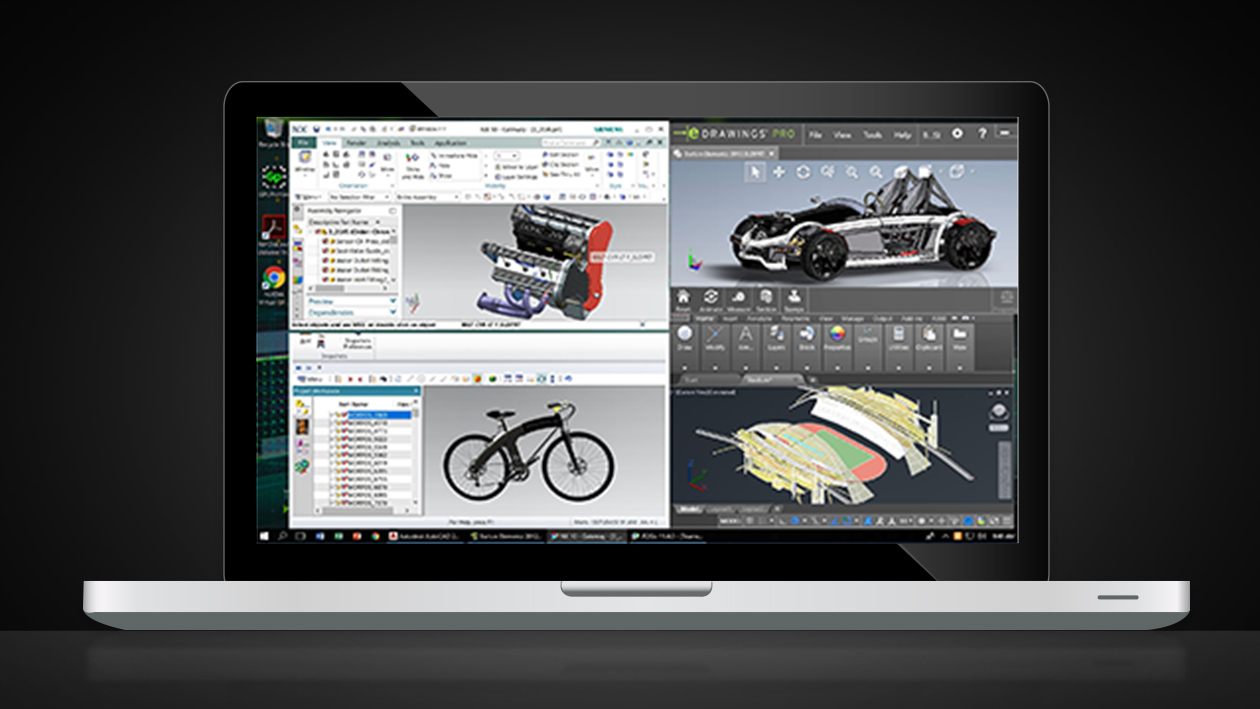
The second is capacity - there is a limited number of GPUs that can be installed in a physical host, and this dictates the number of VMs that can use vDGA, as well as the number of hosts required. The first is that the VM is essentially pinned to the host, and can't be moved due to having physical hardware passed into the guest OS. There are two tradeoffs to this approach. This enables the VM to utilize the full capabilities of the GPU. Virtual Dedicated Graphics Acceleration: Introduced in vSphere 5.1 Update 1 and supported in Horizon View 5.3, vDGA attaches a physical GPU directly to a VM using PCI passthru, and the standard GPU drivers are installed on the guest OS.It only supports DirectX 9.0c and OpenGL 2.1, so it may not be suitable for the latest 3D-enabled applications. Half of this VRAM is reserved on the GPU, and the remaining half is reserved from the ESXi hosts' RAM. vSGA only supports up to 512MB of video RAM per virtual machine (VM). To enable this, the GPU's driver is installed in the hypervisor, and the vSphere Soft3D driver is installed on the guest OS. Virtual Shared Graphics Acceleration: Introduced in vSphere 5.1 Update 1 for supported NVIDIA QUADRO and GRID cards, vSGA allows multiple virtual desktops to share physical GPUs.VGPU isn't VMware's first attempt at providing 3D graphics acceleration to virtual desktops there are two other methods for providing 3D support to virtual desktops running on vSphere: RemoteFX vGPU does not use the NVIDIA GRID vGPU software that Citrix and VMware use, but technology developed internally by Microsoft instead. XenServer has had this feature for some time, and Microsoft added a similar feature called RemoteFX vGPU in Windows Server 2012 R2.

Although this is new to vSphere, it's not a new technology.

Virtual GPU, or vGPU for short, allows an NVIDIA GRID GPU to be shared among multiple virtual desktops while providing direct access to the hardware using standard NVIDIA drivers. VMware has attempted to address this with a new feature in vSphere 6.0 called Virtual GPU. Although VMware has supported 3D graphics since Horizon View 5.2, there are some significant drawbacks. One of the biggest challenges in this realm is supporting 3D graphics inside the virtual desktop. Building virtual desktop environments to support high-end applications can be challenging.


 0 kommentar(er)
0 kommentar(er)
